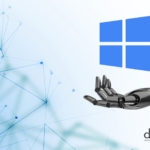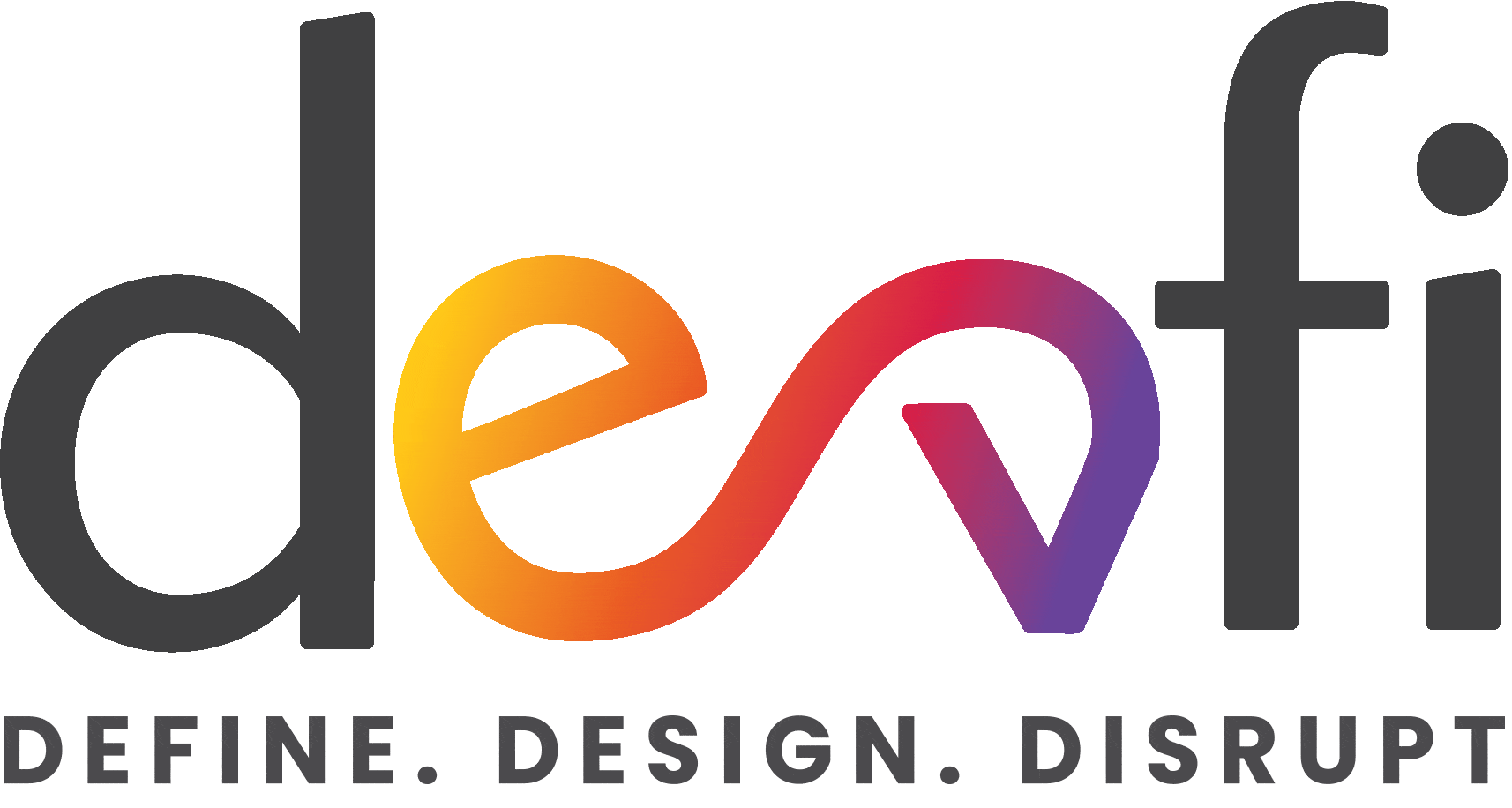Claritas est etiam processus dynamicus, qui sequitur mutationem consuetudium lectorum eleifend option congue nihil imperdiet doming.
Recent Posts
-

CIO’s Ultimate Guide to Sustainable Generative AI Integration
12 June, 2024
-

How Microsoft Services Are Revolutionizing Businesses?
11 April, 2024
-

AI-Powered Success: Microsoft’s Integration Solutions
3 April, 2024
-

AI & ML Services: Amplifying Business Success in the Digital Era
22 March, 2024
Contact Us
- 123 6th St. Melbourne, FL 32904
- Phone: (888) 123-4567
- Email: [email protected]

